29 September 2015
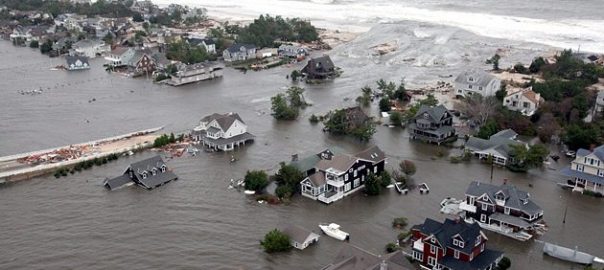
4 Comment(s)
Join our Conversation
28 September 2015
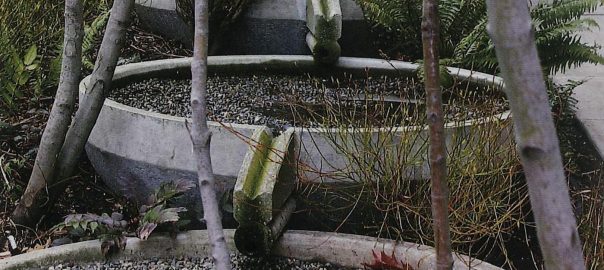
A review of Artful Rainwater Design: Creative Ways to Manage Stormwater, by Stuart Echols and Eliza Pennypacker. 2015. ISBN 13: 978-1-61091-266-2 / ISBN 10: 1-61091-266-7. Island Press, Washington. 284 pages. Stormwater is a topic of great interest, especially now that the plight of water has been heightened by environmental pollution, dwindling...
2 Comment(s)Join our Conversation
27 September 2015

At the end of my last post, Unintended Consequences: When Environmental “Goods” Turn Bad, I raised the idea that sometimes environmental “bads” can also turn good, and that it usually works better when nobody “looks”. I mean that this process works better when the inhabitants take ownership of their living...
0 Comment(s)Join our Conversation
23 September 2015

Pope Francis visits the United States in late September 2015. He will speak in Washington, D.C., New York, and Philadelphia, including an address at the United Nations and to a full Congress. His visit will be an opportunity for reflection and—who knows—might possibly be a turning point in the United...
2 Comment(s)Join our Conversation
21 September 2015
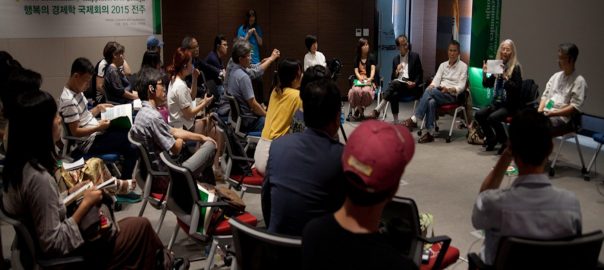
A review of the International Conference on the Economics of Happiness, held on September 3-5, 2015 in Jeonju, South Korea. “We need to re-establish the link between city and land.” At the opening ceremony of the Economics of Happiness conference, we were happily greeted with this statement from the event’s...
2 Comment(s)Join our Conversation
20 September 2015

1. What’s the matter with Times Square? Several years ago, Helle Søholt, CEO of Gehl Architects, said that New York would be the most sustainable city in the world if only it fixed its streets. Million Trees NYC is one effort in that direction, as is the CitiBike bike share...
2 Comment(s)Join our Conversation
16 September 2015
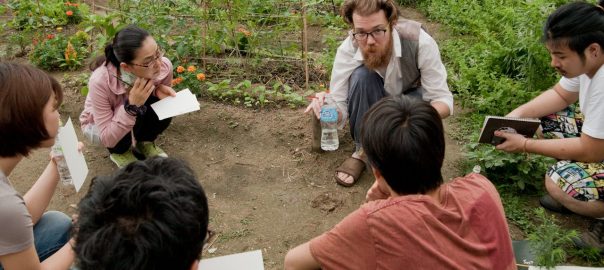
Can an urban garden help us remember what it means to be human? Three months ago, we opened a slightly audacious restaurant and garden in a working-class suburb of Osaka, Japan with the intent of connecting people more deeply with food and nature in their neighborhood. Experimental and temporary in...
1 Comment(s)Join our Conversation
14 September 2015

A review of The New Wild: Why Invasive Species Will Be Nature’s Salvation, by Fred Pearce. 2015. ISBN 978-0-8070-3368-5 / ISBN 978-0-8070-3369-2. Beacon Press, Boston. 245 pages. The New Wild is an intriguing book that looks at non-native species and nature in new light, challenging popular notions of ‘nativism,’ ‘wild’ and nature’s...
5 Comment(s)Join our Conversation
12 September 2015
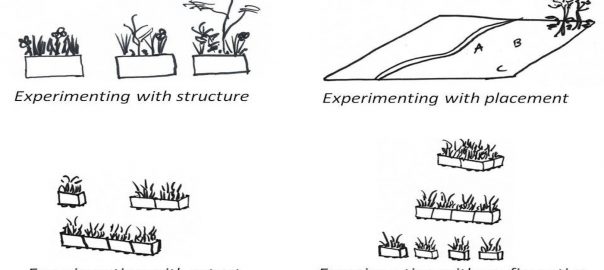
September 18 is Park[ing] Day, a day when metered car parking spaces are transformed and reclaimed for other purposes. This annual event was first held in the USA in 2005, but has now grown to include Park[ing] Day events in cities around the world. In looking at the innovation and creativity...
9 Comment(s)Join our Conversation
8 September 2015
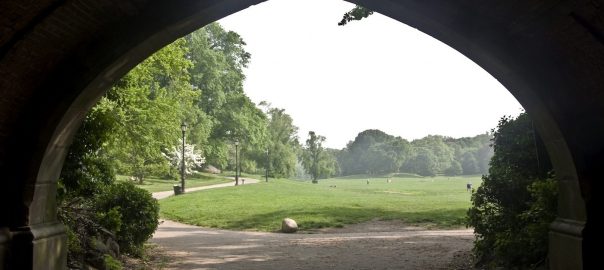
A review of Great City Parks; Second Edition, by Alan Tate with Marcella Eaton. 2015. ISBN 978-0-415-53802-2/ ISBN 978-0-415-53805-3/ ISBN 978-1-315-75071-2. Routledge, New York. 344 pages. In this thoughtful and detailed documentation of “great” city parks, which is enlivened by spare and insightful opinions, I am reminded of the series...
0 Comment(s)Join our Conversation
7 September 2015
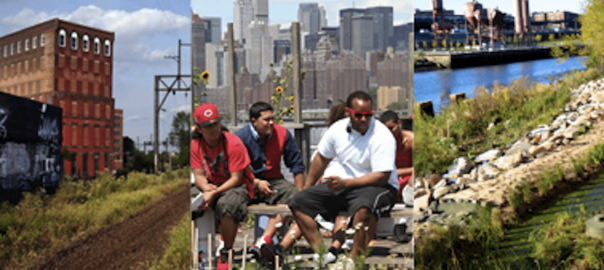
A pop-up garden in Kiev, volunteer “spotfixes” along sidewalks in Bangalore, and a flower garden planted atop a deadly landslide after an earthquake in Japan. These and other civic ecology practices are expanding in number. But how do we connect people across these disparate practices and places so that we...
0 Comment(s)Join our Conversation
2 September 2015
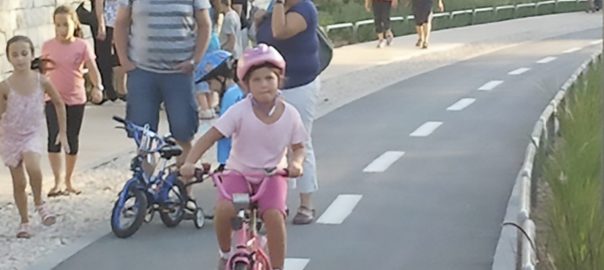
According to the old urban paradigm, cities are crime-ridden, car-infested, unhealthy and over-crowded centers of humanity. Could we conceivably cherish nature, respect others, grow our own food, earn a reasonable living, and enjoy a healthy and equitable urban environment? Reversal of the old urban paradigm is not yet a given,...
1 Comment(s)Join our Conversation
30 August 2015

The concept of biocultural diversity— the coming together of biological and cultural diversity—is receiving more attention recently along with an awareness that elements of cultures all around the world are deeply rooted in the nature, or biological diversity, around them, and that greater cultural diversity comes with greater biological diversity....
3 Comment(s)Join our Conversation
26 August 2015

The challenge of integrated approaches We all know that we are living in a deep crisis regarding the rate of our use of natural resources. We also know that addressing these problems will have inter-related and resonating effects. Such interconnection also has good aspects. Smart catalytic action can produce benefits across many levels—science...
1 Comment(s)Join our Conversation
24 August 2015

Urban populations—and the associated concentration of livelihoods and assets in cities—continue to increase worldwide, thereby increasing exposure to hazards. Coupled with aging infrastructure and housing stock, this trend leads to an increase in vulnerability. And this vulnerability is compounded by climate-change driven storms, sea-level rise, and associated flooding and landslides....
1 Comment(s)Join our Conversation
19 August 2015
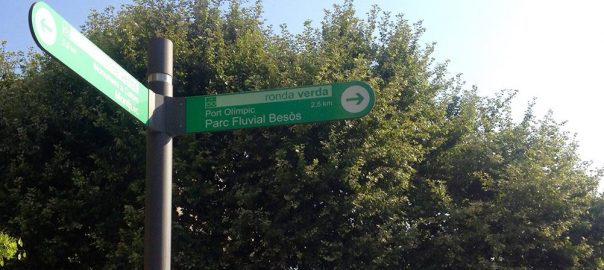
How to bring together nature, fitness, and public transportation. A few weeks ago, my partner, Lluís, and I wanted to go for a two-day trek, to test some camping gear, to sleep outdoors, and to listen to birds while walking under the shade of pine trees. But we didn’t want...
0 Comment(s)Join our Conversation
16 August 2015
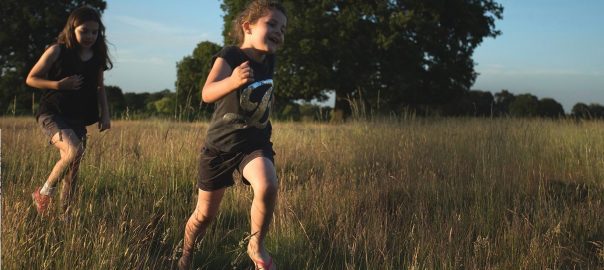
Something very significant is happening in London. It’s a plan to make London the world’s first National Park City. Now that’s an idea that could catch on in a very big way. Over the past 18 months, a movement has been growing, drawing together Londoners who want to apply National...
8 Comment(s)Join our Conversation
12 August 2015
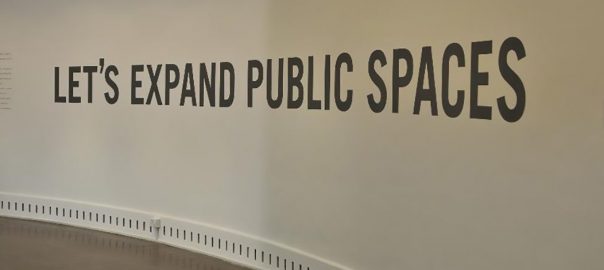
Can we re-envision our cities with a stream of linear open spaces, defining a new geography of cities? Can we break away from large, monolithic spaces and geometric structures into fluid open spaces, meandering, modulating and negotiating varying city terrains, as rivers and watercourses do? This way, the new structure of...
4 Comment(s)Join our Conversation
12 August 2015
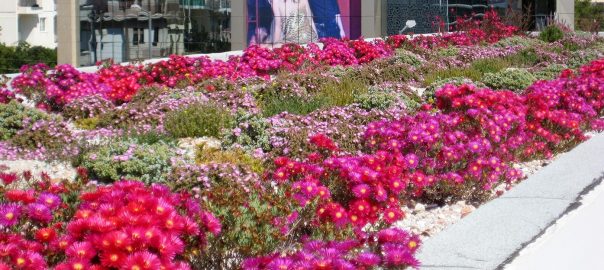
18 Comment(s)
Join our Conversation
10 August 2015

A review of “Clyde Reflections,” an art film by Stephen Hurrel and Ruth Brennan, on exhibition at the Gallery of Modern Art in Glasgow, Scotland. The west coast of Scotland has been known to enchant, with its rough coastal edges, intricately carved islands, charming towns, and an aquatic landscape that...
1 Comment(s)Join our Conversation


